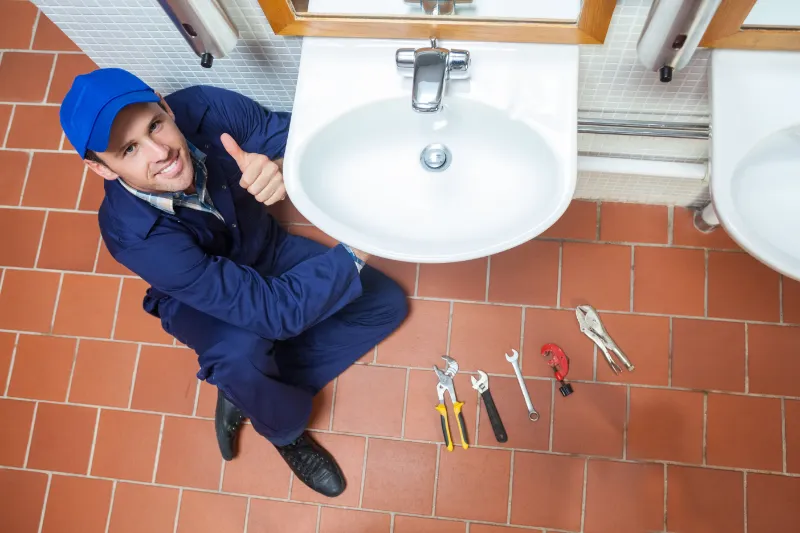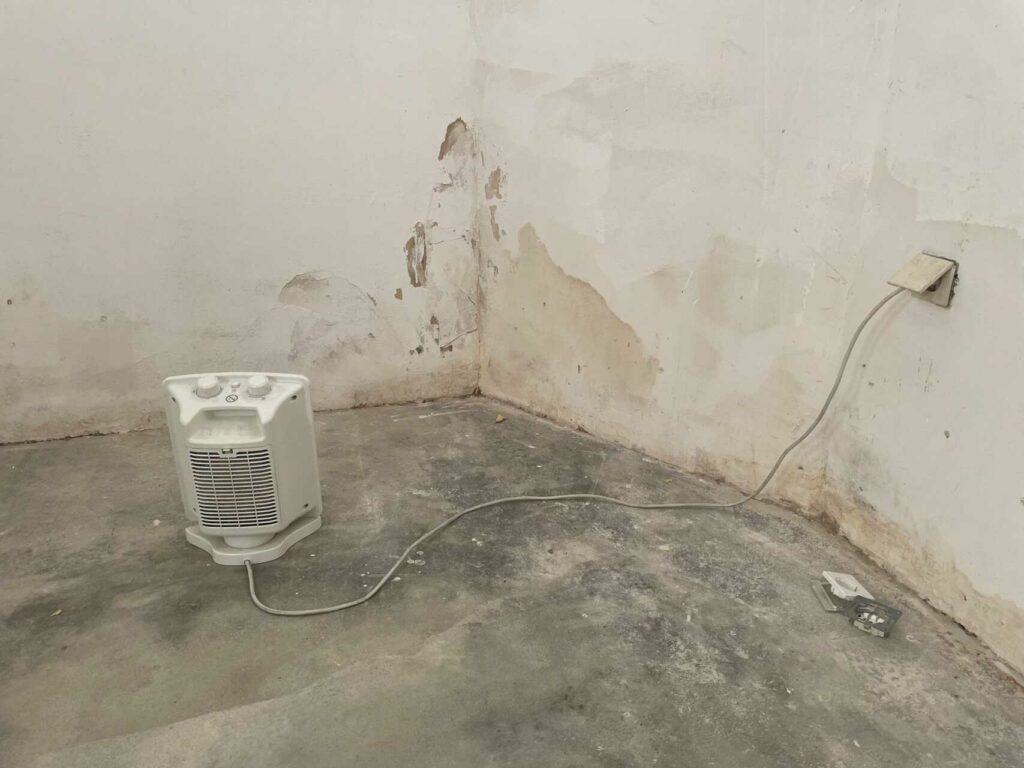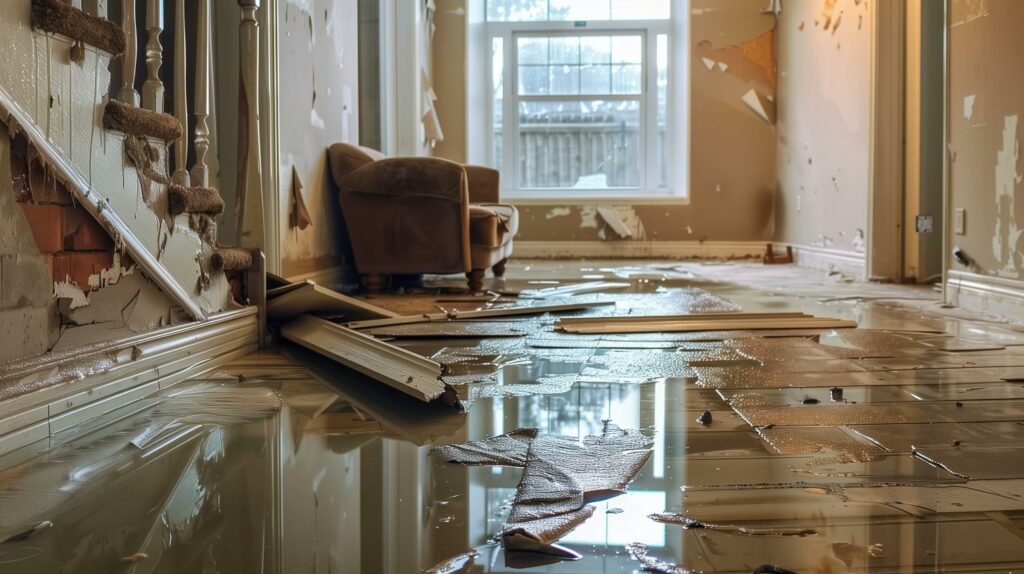Contents
Are you wondering if it’s possible to have too much slope in your drain pipe? What are common plumbing errors? Well, the answer is yes! Having excessive slope can actually cause potential issues with your drainage system.
In this article, we’ll explore the importance of proper drain pipe slope, the effects of too much slope on drainage performance, and how to find the optimal slope for your drain pipes.
Stick around to learn the best practices for achieving the right slope and ensuring efficient drainage.
Key Takeaways
- Excessive slope increases the risk of clogs and blockages.
- Too much slope leads to an inefficient drainage system.
- Excessive slope puts stress on the pipe, causing potential damage and leaks.
- Uneven drainage occurs when water flows too quickly down a steep slope.
Importance of Proper Drain Pipe Slope
To ensure efficient drainage, it’s essential to maintain the proper slope in your drain pipe. Having the correct slope ensures that water flows smoothly and doesn’t accumulate, preventing any potential blockages or backups. When the slope is too steep, water can rush through the pipe too quickly, causing turbulence and potentially overflowing the drain. On the other hand, if the slope is too gentle, water may not flow at all, leading to stagnant water and the growth of bacteria and mold.
The proper slope for a drain pipe is typically between 1/8 inch to 1/4 inch per foot of pipe. This gradual slope allows water to flow freely without causing any disruptions. If the slope is too steep, it can lead to excessive pressure and erosion within the pipe, which can cause damage and leaks over time. Conversely, if the slope is too gentle, waste materials may settle in the pipe and cause clogs.
By maintaining the proper slope in your drain pipe, you not only ensure efficient drainage but also prevent potential plumbing issues. Regularly inspecting your drain pipe and checking the slope can help identify any problems early on and avoid costly repairs in the future. Additionally, if you’re installing a new drain pipe, it’s crucial to follow the manufacturer’s guidelines and recommendations regarding the appropriate slope.
Potential Issues With Excessive Slope
Having too much slope in your drain pipe can lead to a range of potential issues. While it may seem counterintuitive, excessive slope can actually cause more harm than good.
One of the main problems that can arise from too much slope is an increased risk of clogs. When the pipe has a steep slope, the water flows rapidly, which can cause debris and sediment to get stuck and create blockages. This can result in backups and overflowing, leading to a messy and unpleasant situation.
Another issue that excessive slope can cause is an inefficient drainage system. When the pipe has too much slope, the water moves too quickly, not allowing enough time for solids to settle and be carried away. This can result in incomplete drainage and the accumulation of waste materials in the pipe, leading to foul odors and potential health hazards.
Additionally, too much slope can put stress on the pipe itself. The rapid flow of water can cause the pipe to vibrate and move, leading to potential damage and leaks. This can result in costly repairs and the need for frequent maintenance.
To avoid these potential issues, it’s important to ensure that your drain pipe has the proper slope. Consulting with a professional plumber or drain specialist can help determine the ideal slope for your specific needs. By maintaining the correct slope, you can prevent clogs, maintain an efficient drainage system, and prolong the lifespan of your drain pipes.
Effects of Too Much Slope on Drainage Performance
Excessive slope in a drain pipe can significantly impact its drainage performance. When a drain pipe has too much slope, it can lead to several negative effects that can hamper its ability to effectively remove wastewater and prevent clogs.
Firstly, too much slope can cause water to flow too quickly through the drain pipe. While this may seem like a good thing, it can actually lead to problems. The fast-flowing water can create turbulence and increase the chances of debris being carried along with it. This can result in clogs forming more frequently, leading to the need for more frequent maintenance and repairs.
Secondly, excessive slope can cause water to drain unevenly. When the slope is too steep, the water may flow down the pipe too quickly, leaving behind pockets of stagnant water. This can create the perfect environment for bacteria and mold to thrive, leading to unpleasant odors and potential health hazards.
Furthermore, too much slope can also cause excessive noise. As water rushes down a steep slope, it can create a loud gurgling or rushing sound. This can be disruptive and bothersome, especially in residential areas or commercial spaces where peace and quiet are desired.
In addition, excessive slope can also increase the risk of pipe damage. The force of water flowing rapidly down a steep slope can put extra pressure on the pipe walls, leading to cracks, leaks, or even pipe bursts. This can result in costly repairs and potential water damage to surrounding structures.
Finding the Optimal Slope for Drain Pipes
Finding the optimal slope for drain pipes involves carefully determining the ideal angle for efficient water flow. The slope of a drain pipe plays a crucial role in ensuring that water is effectively drained away from a building or area. To help you understand the importance of finding the right slope, here are some key points to consider:
- Proper drainage: A drain pipe with the correct slope allows water to flow freely and prevents the accumulation of stagnant water. This helps to avoid potential damage to the building’s foundation and surrounding areas.
- Preventing blockages: An optimal slope helps prevent debris and sediment from settling in the drain pipe, reducing the risk of blockages. This ensures that water can flow smoothly and consistently.
- Avoiding excessive erosion: If the slope is too steep, it can lead to excessive erosion around the drain pipe. This can weaken the soil and potentially cause structural issues. Finding the right balance is essential to prevent erosion while maintaining efficient water flow.
- Considering local regulations: When determining the optimal slope for a drain pipe, it’s important to consult local building codes and regulations. These guidelines may specify minimum or maximum slopes to ensure proper drainage and prevent potential flooding.
- Seeking professional advice: If you’re unsure about finding the optimal slope for your drain pipe, it’s advisable to consult with a professional plumber or drainage engineer. They’ve the knowledge and experience to assess your specific needs and recommend the most suitable slope for your situation.
Best Practices for Achieving the Right Slope
To achieve the right slope in your drain pipe, it’s important to adhere to best practices. Proper slope ensures that wastewater flows smoothly and efficiently, preventing clogs and backups. Here are some key guidelines to follow when installing or repairing drain pipes.
Firstly, aim for a slope of at least 1/4 inch per foot. This ensures that the water has enough force to move through the pipe without any obstructions. However, be cautious not to exceed a slope of 3 inches per foot, as this may cause excessive water velocity that could lead to erosion or pipe damage.
Secondly, use a level to ensure that the pipe is properly positioned. It should be slightly angled downward from the source to the destination, allowing gravity to assist in the drainage process. Make sure to check the level at various points along the pipe to ensure consistency.
Next, consider the material of the drain pipe. PVC pipes are commonly used due to their durability and smooth interior, which facilitates water flow. However, if you opt for another material, such as cast iron or clay, ensure that it meets plumbing code standards and provides sufficient slope for effective drainage.
Additionally, maintain a steady slope throughout the entire length of the pipe, avoiding any sudden changes or dips. This ensures a consistent flow and prevents the accumulation of debris or standing water.
Finally, always consult local building codes and regulations before starting any drain pipe installation or repair. These codes may specify the minimum slope required for your specific area and provide additional guidelines to ensure proper drainage.
Conclusion
In conclusion, it’s important to maintain the proper slope in drain pipes to ensure effective drainage performance. Finding the optimal slope is crucial for efficient drainage, and following best practices will help achieve the right slope. While excessive slope may seem beneficial, it can lead to potential issues such as increased velocity and potential pipe damage. So remember, too much slope in drain pipes can be detrimental, so it’s important to strike the right balance.




